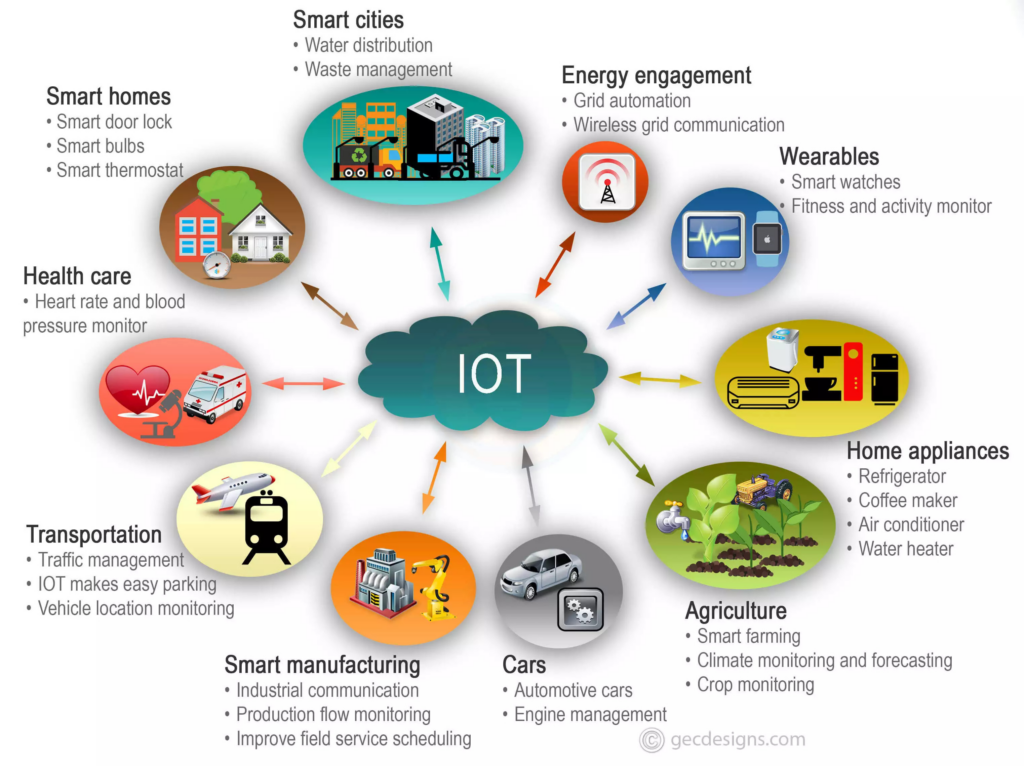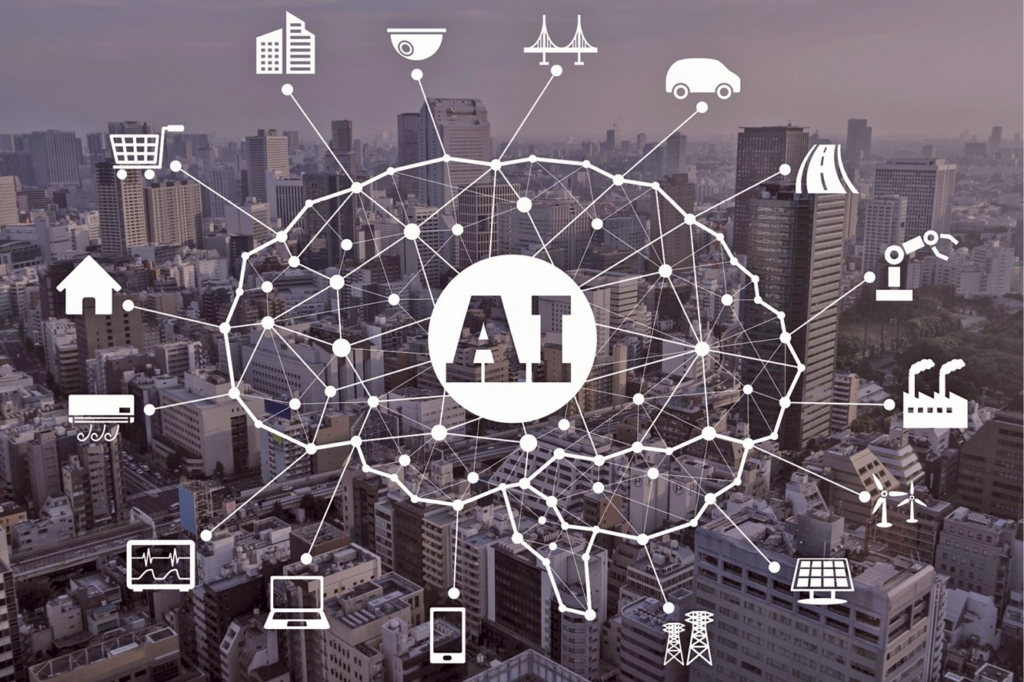The Internet of Things

- What Is IoT? The Internet of Things (IoT) refers to a network of interconnected physical devices, vehicles, buildings, and other objects. These devices are embedded with sensors, software, and connectivity. What’s fascinating is that they can collect and exchange data without requiring direct human intervention. Imagine everyday objects like smart thermostats, wearable fitness trackers, or even your smartphone—all of these fall under the umbrella of IoT. Essentially, IoT enables devices to communicate with each other over the internet, creating a web of interconnectedness.
- Why Does It Matter? Think of IoT as a bridge between our physical world and the digital realm. It impacts various aspects of our lives:
- Convenience: Smart home devices allow you to control lights, temperature, and security remotely.
- Efficiency: Industrial IoT optimizes manufacturing processes, making them more efficient.
- Healthcare: Wearable devices track health metrics and provide real-time insights.
- Environmental Monitoring: IoT sensors help monitor air quality, water levels, and wildlife habitats.
Edge Computing

Edge Computing is like having a mini-computer right where the action happens!
- What Is Edge Computing?
- Imagine you’re at a big concert, and the band is playing live music. Instead of sending all the sound to a faraway recording studio, they have a small recording booth right next to the stage. That booth captures the music instantly, without any delay.
- Similarly, Edge Computing brings the power of computing (like thinking and processing data) closer to where things are happening. It’s like having a backstage computer that handles tasks right on the spot.
- Why Does It Matter?
- Faster Decisions: When devices (like smart sensors or cameras) need to make quick decisions, they don’t have to wait for faraway servers. They can process data right there and then.
- Less Waiting Time: Imagine a self-driving car—instead of waiting for instructions from a distant server, it can quickly figure out what to do using Edge Computing.
- Saving Energy: By doing some computing locally, we save energy because we don’t need to send data back and forth across long distances.
AI and Machine Learning

As processing power becomes smaller and more affordable, smaller and smaller devices will incorporate machine learning and artificial intelligence.
- What Is Machine Learning?
- Imagine you have a super-smart friend who learns from playing video games. Every time they play, they get better at dodging obstacles, finding hidden treasures, and defeating enemies. They don’t need a rulebook; they learn by doing!
- ML is similar. Instead of giving computers strict instructions, we show them lots of examples (like game levels) and let them figure things out on their own. They learn patterns and make predictions.
- How Does It Work?
- Think of it as training a pet. When you teach your dog tricks, you reward them when they get it right. Over time, they learn to associate actions with rewards.
- Similarly, ML algorithms learn from data. For instance, they can learn to recognize cats in photos, predict stock prices, or even recommend songs you might like.

